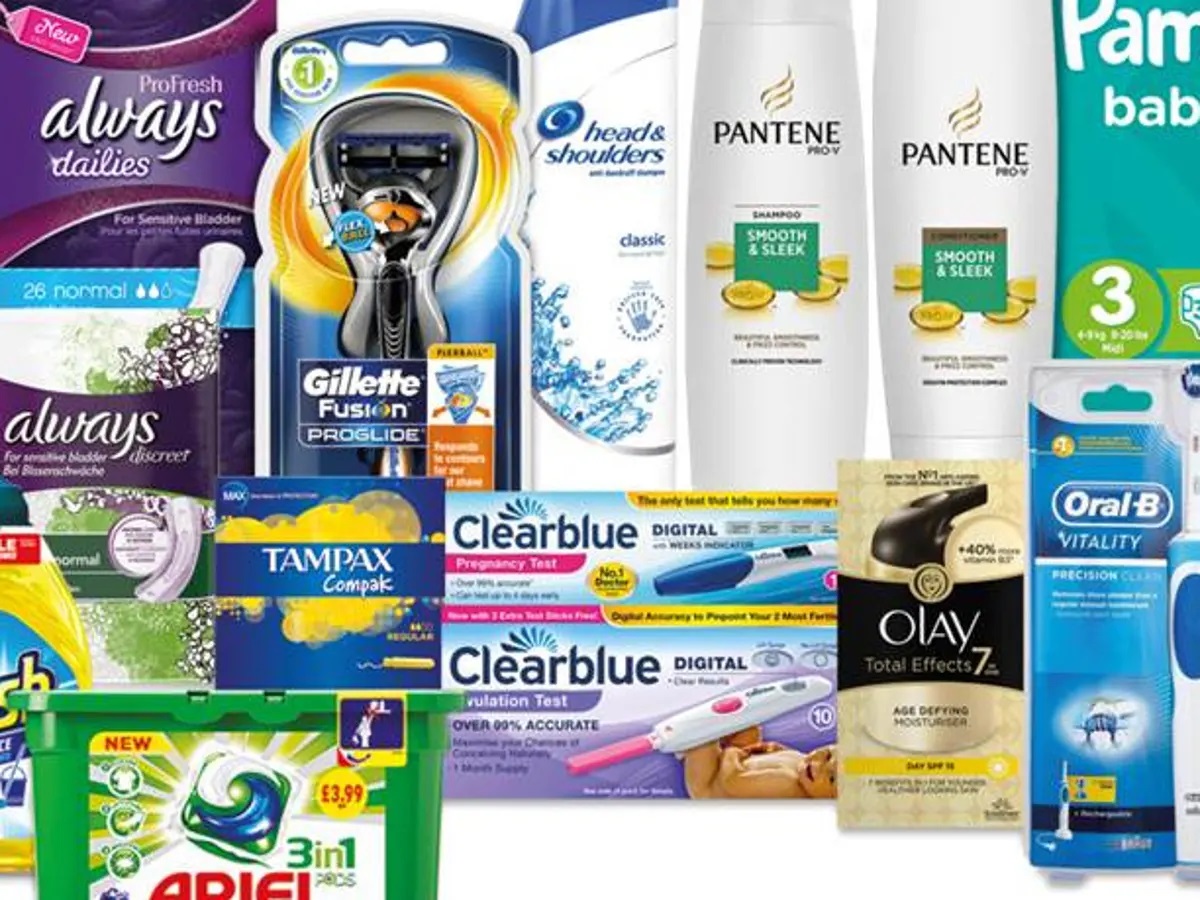Procter & Gamble Reveals Higher Prices Ahead for This Popular Laundry Product
This week Wall Street learned that Procter & Gamble is increasing its prices across its portfolio and one product includes Tide.
As commodity and freight costs climb higher, P&G is boosting its inflation forecast for the second consecutive quarter.
This week CEO Jon Moeller warned that there will be bumps in the road ahead while on its earnings call on Wednesday.
The company told retailers about price hikes on fabric care products, like Tide detergent and Downy dryer sheets, slated to take effect Feb. 28.
The company also told retailers that some personal health care products will see higher prices in mid-April.
10 product categories for the company will see price increases including baby care, feminine care, adult incontinence, family care, home care, hair care, grooming, oral care and skincare.
P&G is also hiking prices in some of its international markets.
“The degree and timing of these moves are very specific to the category, brand, and sometimes the product form within a brand. This is not a one-size-fits-all approach,” CFO Andre Schulten said.
This is now the second consecutive quarter that the company has boosted its inflation forecast. The company expects to pay $2.3 billion after tax in commodity costs and $300 million after tax for higher freight costs, up from last quarter’s outlook of $2.1 billion on commodities and $200 million on freight.
Roughly half of the company’s 6% organic sales growth in its fiscal second quarter came from price increases.
“Pricing has been a positive contributor to our top line for 17 out of the last 18 years, 42 out of the last 45 quarters. When you have a business model that’s founded on innovation that provides higher levels of delight, solves problems better upon the consumers, you are able to charge a little bit more,” CEO Jon Moeller said on CNBC’s “Squawk Box.”
“While it’s very early for these commodity-based price increases, to date, we see positive signs,” Moeller said. “Probably 20% to 30% less price elasticity than we were expecting, and if you look at, for example, private-label market shares — private label being the lowest price offered on the market — they’re down.”
“There will be bumps in the road,” he said. “There will be cases where we take pricing, and we either encounter the consumer reaction that some of you are rightly looking to or a competitive reaction.”
Disclaimer: We have no position in any of the companies mentioned and have not been compensated for this article.


